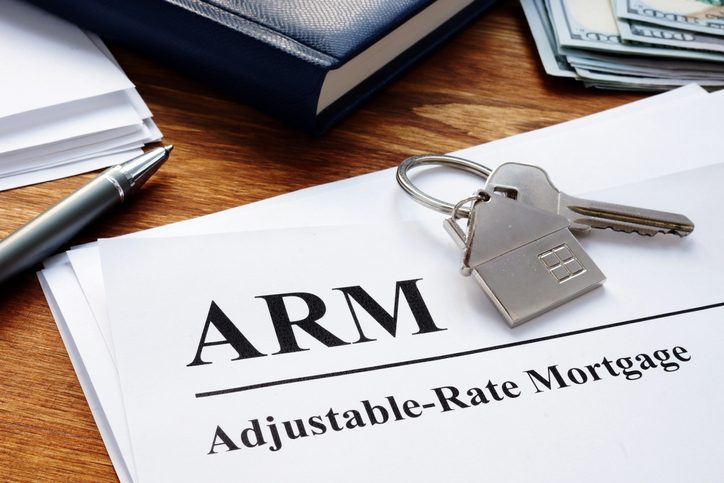Although adjustable-rate mortgages are known to be riskier than their fixed-rate counterparts, some home buyers may want to consider them as interest rates keep on rising.

So-called ARMs typically come with a lower initial interest rate than a 30-year fixed-rate mortgage will start with, with the rate subject to change after a defined period of time. Borrowers must then pay the rate set after the lock period expires, which can mean paying more if interest rates have moved upwards during that time.
Even though interest rates currently remain at historical lows, recent increases have been a shock to some home buyers’ budgets. Rates have jumped by more than 90 basis points in just one month. Higher borrowing costs have coincided with higher home prices, too. The median list price for a home has reached $405,000, up 14% compared to a year ago, according to recent data.
The 30-year fixed-rate mortgage, the most common loan option, averaged 4.67% last week, according to Freddie Mac. That is the highest average since late 2018.
On the other hand, the five-year ARM averaged 3.5% last week.
Borrowers considering an ARM need to weigh how they’d be able to handle mortgage rate increases after their fixed-rate term expires, typically after three, five, or seven years. An ARM typically comes with caps on the annual adjustment, but these can vary among lenders.
For example, lenders may cap the increase for the first adjustment at 2 percentage points. That would mean the new rate can’t be more than 2 percentage points higher than the initial rate, CNBC explained. A subsequent adjustment cap clause would tell the borrower how much the interest rate could increase in following adjustment periods. Borrowers should review all potential caps and risks fully with a lender before deciding which loan product to choose.
“I’d also be concerned if you do an ARM with a low down payment,” Stephen Rinaldi, president and founder of the mortgage broker firm Rinaldi Group, told CNBC. “If the market corrects for whatever reason and home values drop, you could be underwater on the house and unable to get out of the ARM.”
Rinaldi told CNBC that ARMs often are chosen for purchasers of high-priced homes because the amount saved with the initial rate could be thousands of dollars per year. But for mortgages under $200,000, the savings could be less, he said.